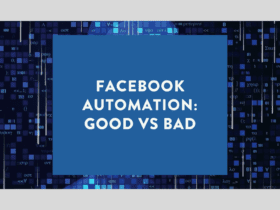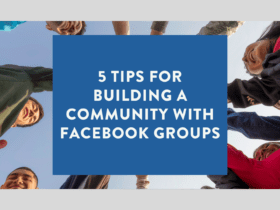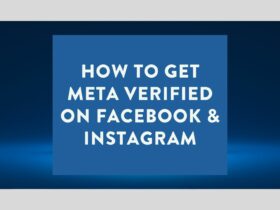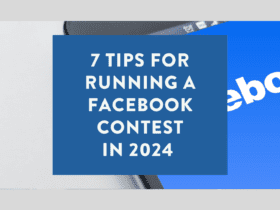If you’ve ever run a Facebook page, you’re probably aware of just how clunky scheduling posts can be on the platform.
That’s why third-party tools for Facebook publishing exist.
You may have heard various people warn you about using third-party tools on Facebook, but do these tools actually have a negative impact on reach?
The short answer is: no.
When it comes to posting content to Facebook, whether you post via a third-party tool or directly through Facebook, it doesn’t really make a difference.
In most cases, third-party tools are a fantastic choice because they offer more features than when posting natively through Facebook. If you’re concerned about improving your Facebook reach, let’s take a look at the things that actually make a difference.
Focus on publishing great content
Facebook, like just about every social media platform under the sun, is all about content. If you’re posting an image, make sure it’s correctly optimised for the platform to which you are posting. Avoid poorly cropped and blurry images, and don’t fill your photos with too much text. And the same goes for your videos. Maximising your reach is all about creating the best content you can, optimised for its specific platform.
Consider when to publish your content
In a similar vein to publishing great content, you need to consider when to publish. Do some research into when your audience is most active on Facebook and when they’re most likely to engage with your content. This might require a little bit of A/B testing, but doing the leg work now will save you time, stress, and money in the long run.
Is my content relevant to my business?
There’s no point posting funny cat pictures, just because people like them. Make sure the content you are posting is related to your business. Even tenuous links can work; just make sure there is a point and a connection to your business somewhere in there!
Does each post have a clear call-to-action?
Look at your posts and see how many ask the audience to do something. It could be asking them to leave a comment, choose a reaction, share the post, visit your website, find out more, or even get in touch. People love direction and will often respond well if you ask them to do something specific.
Am I being too salesy?
No one likes too much sales-speak. There’s a general rule that you should only post promotional content 20% of the time, and the other 80% should be informational, inspirational, humourous, and sharing other content.
Am I providing value?
Social media is all about providing value to your audience. Every single thing you do on social media, specifically Facebook, should provide some kind of value to your audience. If you can’t see the value in the kind of posts you’re creating, why would someone else?
Dive into your content and see how much value each post provides to your audience. Are you sharing tips and advice or are you just selling to them?
How did the third-party tool rumours start?
Back in the day, Facebook did actively admit that they prioritised posts scheduled and published on their own platform over those who used third-party tools to publish posts. Some publishers were reporting drops in engagement of up to 80%, but that’s a thing of the past.
Then in late 2011, Facebook’s developer consultant, Matt Trainer, announced that t they:
“…recently made a fix that added more signals to detect good quality posting behavior. This should improve the situation with the distribution of posts coming from third-party apps in the News Feed.”
Do you see? It’s all about good quality content and quality posting behaviour.
The best third-party tools for publishing
If you’re considering a third-party tool to help you out with publishing your Facebook content, consider the following:
A Facebook Audit offers valuable insights into whether or not your content is connecting with your followers.









LET’S CONNECT